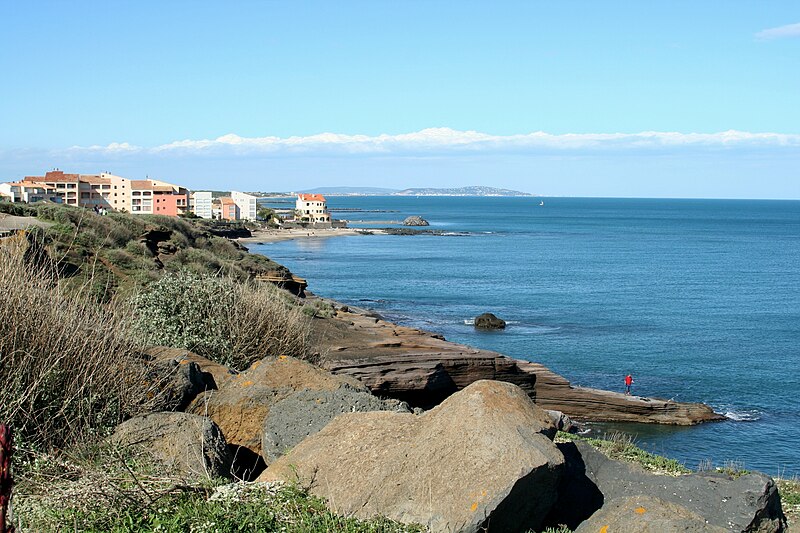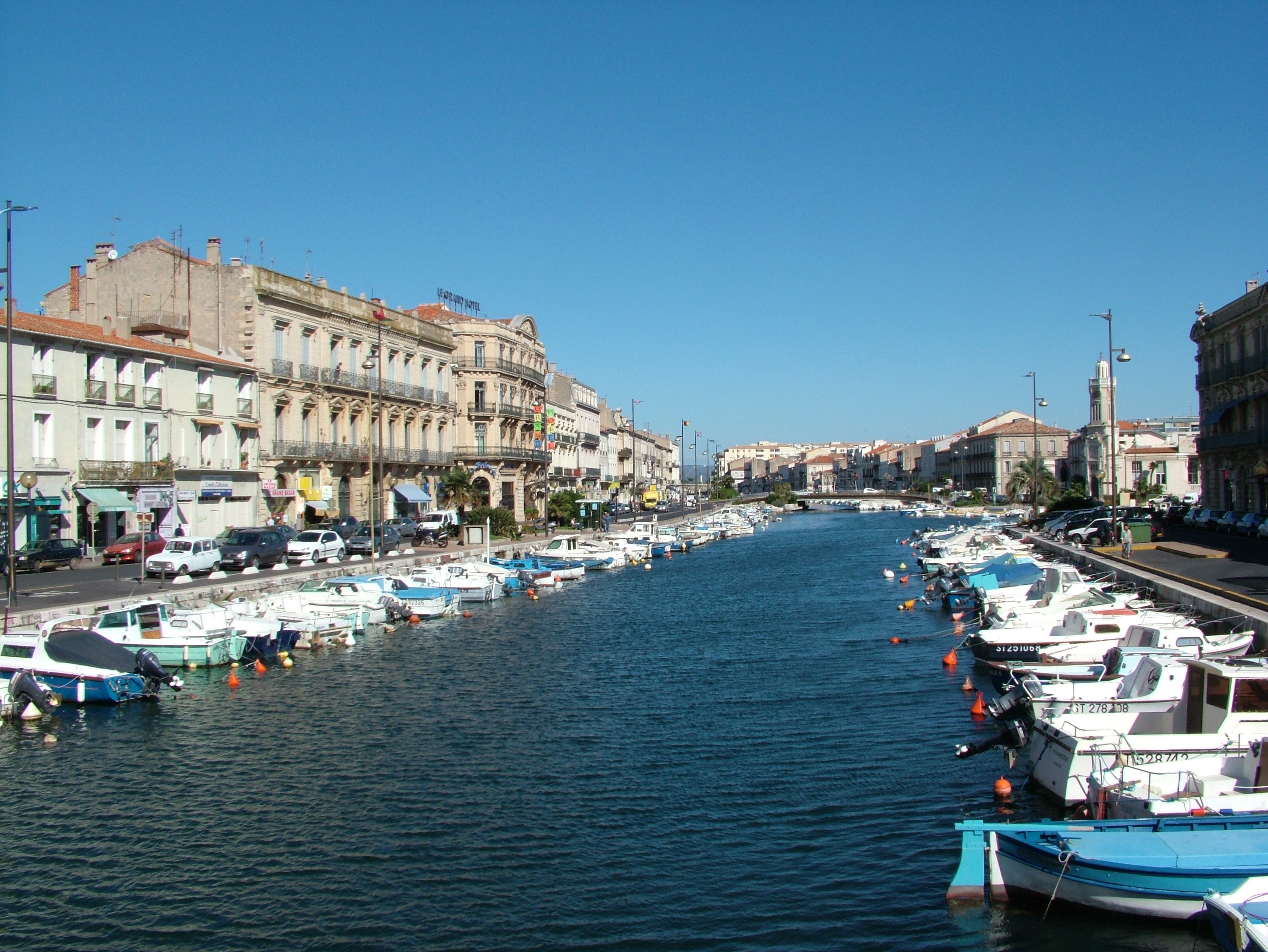We just love the new season Mushrooms that
can now be found at the local markets and supermarkets, not only do they taste
good but they look pretty too. I was once asked to go mushroom gathering but the 5 am pick up time put me off! However the only reason
that you need to go so early is to get there before everybody else! The locals
know exactly where to go but it is TOP SECRET. If you are a hiker/walker and
get to far out places then you may just stumble across some great Mushrooms,
that is unless you get shot by the hunters, but that is another story…
The French are great at foraging for
food, Wild Asparagus, Truffles, Garlic and Mushrooms, whilst Brits can be a
little apprehensive as a conscious nagging thought keeps popping up “is it
poisonous?” well if in doubt you can take the mushrooms to the Pharmacy and they
will tell you if you if they are safe. I always thought this was just a
myth, but last year I saw a British lady with a plastic bag full of mushrooms
walk into the Pharmacy, before she even got her words out there was an
outcry from fellow customers “Non ce n’est
pas possible, jamais mettre les champignons dans un sac plastique !”don’t
put mushrooms in a plastic bag! I never did find out if they were edible or
not.
So if you have foraged or bought your mushrooms here are a couple of our favourite recipes.
Barbecued Cepes

A really easy recipe only 20 minutes preparation and 8 minutes cooking time.
Ingredients:
750g of very fresh cepes, 1 small clove garlic per mushroom
2 tablespoons of olive oil,1 bunch of fresh parsley, salt and pepper.
Carefully clean the mushrooms, by wiping them with a damp cloth, heat the barbecue (or grill) the best results are from a traditional bbq using old vine cuttings "sarments". Peel the garlic clove and make a small slit in each mushroom and insert the clove of garlic if they are too big just cut the clove in half. Brush with olive oil and season with salt and pepper.
Place mushrooms on the grill or BBQ and grill for 7-8 minutes, turning regularly. Whilst they are cooking, wash and chop the parsley.When the mushrooms are cooked, sprinkle with the parsley and serve immediately whilst very hot.
Wild Mushroom Fricassee
 |
| Wild Mushroom Fricassee |
700 g mushrooms (Cepes , Oyster, Girolles or any that you can get your hands on...),
2 small shallots,
10cl of white wine,
15cl of cream,
1 small bunch of parsley,
3 tablespoons of olive oil, salt and pepper.
Clean the mushrooms carefully with a soft brush or damp cloth (do not wash). Remove the earthy part of the stem, if some mushrooms are large, cut into pieces. Peel and finely chop the shallots and parsley.Heat the oil in a large frying pan. If using Cepes add these first and cook for 5 minutes over medium heat, then add the other mushrooms and fry for another 5-6 minutes.
Add the shallots and parsley and cook for another 2-3 minutes. Pour over the white wine, and reduce until dry then add the cream, season with salt and pepper. Simmer over low heat until there is just enough cream to coat the mushrooms (6-7 min). Adjust the seasoning. Serve immediately.
 |
 This beautiful large holiday rental in the Haut Languedoc Natural park is perfect for lovers of total tranquility and escapism, or those who prefer the outdoors as the local walks and hikes are spectacular. A great place to try your hand at mushroom picking, take a picnic and make a day of it.
This beautiful large holiday rental in the Haut Languedoc Natural park is perfect for lovers of total tranquility and escapism, or those who prefer the outdoors as the local walks and hikes are spectacular. A great place to try your hand at mushroom picking, take a picnic and make a day of it. This Languedoc holiday house sits within a 700m2 garden, has a kidney-shaped pool and is totally private, standing alone amidst stunning mountainous scenery and overlooking ancient Château ruins. Idyllic! 40 minutes from the city of Montpellier, plus the South of France sandy beaches are only an hour away.
South of France Villa for lovers of total tranquillity and escapism





































